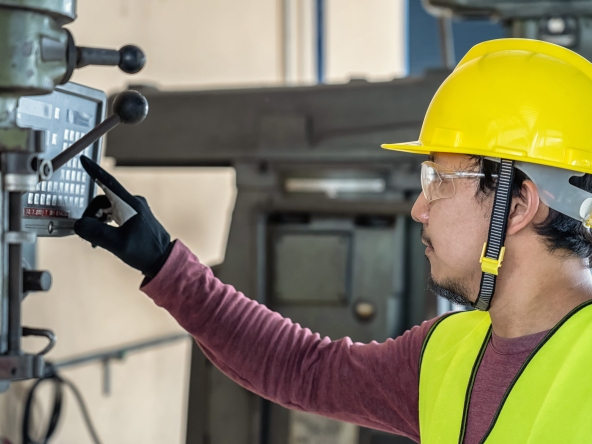As a property manager, ensuring the safety and well-being of your tenants is a top priority. Emergencies can strike at any time, and being prepared is key to minimizing risks and mitigating potential damages. In this comprehensive guide, we will outline the best practices for emergency response tailored to property managers, covering everything from proactive planning to effective communication, as well as emphasizing the importance of diligent maintenance and timely repairs in maintaining a secure and resilient property.
1. Risk Assessment and Planning
1.1 Conduct a Comprehensive Risk Assessment
Before implementing an emergency response plan, conduct a thorough risk assessment of your property. Identify potential hazards such as natural disasters, fire risks, and security concerns. This analysis forms the foundation for creating a targeted and effective emergency response strategy.
1.2 Develop an Emergency Response Plan
Based on the risk assessment, develop a detailed emergency response plan. Include evacuation routes, emergency contacts, and procedures for various scenarios. Regularly update this plan to account for changes in property layout, personnel, or local regulations.
2. Tenant Education and Training
2.1 Conduct Regular Emergency Drills
Ensure that tenants are familiar with emergency procedures by conducting regular drills. Practice evacuations, use of emergency equipment, and communication protocols. Familiarity with these processes can significantly reduce panic and improve overall safety during real emergencies.
2.2 Provide Clear Information
Offer tenants easily accessible and clearly communicated information about emergency procedures. This can include printed materials, online resources, and regular communication about safety protocols.
3. Effective Communication Strategies
3.1 Establish Communication Channels
Set up reliable communication channels to disseminate critical information during emergencies. Use a combination of text messages, emails, and physical notices to reach tenants promptly. Utilize social media and other platforms to keep tenants informed.
3.2 Collaborate with Local Authorities
Establish relationships with local emergency services and authorities. Work together to coordinate responses, share information, and ensure a seamless collaboration during emergencies.
4. Property Infrastructure and Maintenance
4.1 Regularly Inspect and Maintain Safety Equipment
Ensure that safety equipment, such as fire extinguishers, sprinkler systems, and emergency exits, are regularly inspected and well-maintained. Promptly address any issues to guarantee their functionality during emergencies.
4.2 Invest in Advanced Security Systems
Implement advanced security systems, including surveillance cameras and access control measures. These technologies can help prevent and respond to security threats effectively.
5. Post-Emergency Protocols
5.1 Provide Post-Emergency Support
After an emergency, offer support to affected tenants. This can include temporary housing, counseling services, and assistance with insurance claims. Demonstrating empathy and providing resources can aid in the recovery process.
5.2 Conduct Post-Emergency Reviews
Evaluate the effectiveness of your emergency response plan after each incident. Identify areas for improvement and adjust the plan accordingly. Continuous improvement ensures a more resilient and responsive property management strategy.
In conclusion, implementing effective emergency response best practices is crucial for property managers. By conducting risk assessments, educating tenants, establishing robust communication channels, prioritizing maintenance and repair of property infrastructure, and developing post-emergency protocols, property managers can create a safer and more secure living environment for tenants. Remember, proactive planning, including diligent maintenance and timely repairs, is the key to minimizing risks and ensuring the well-being of everyone within your property.




